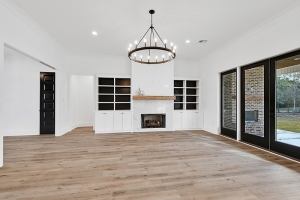Bywater is a 93-room poshtel that is opening this year in New Orleans. This project was originally to be built in 2018 but was delayed due to securing funding and the start of the pandemic.
"We had to put the capital together to make it all happen," Kelso said. "I said [to investors], 'We can build during the downturn and open at the finish, and New Orleans is resilient.'"
A poshtel is a new concept that has become popular in the hotel industry. Some call them a "posh" hostel. They are usually in unique buildings and offer many perks and freebies. They offer services and amenities that hostels do not especially privacy. These accommodations have both private rooms and shared rooms.
The $25 million poshtel will be located on the riverfront at the intersection of Chartres and Mazant. The project is being built by developer Ted Kelso and hotel brand ARRIVE by Palisociety. Originally the building would include 43 upscale hostel-style rooms targeting travelers in their 20s and 30s. New Orleans residents gave a lot of push back so the team came up with a solution.
"We transitioned from a hostel model to more of a traditional hotel. That made sense after talking to neighbors about what was right for the neighborhood," Kelso said. "ARRIVE is perfect. Their [properties] are all in neighborhoods similar to Bywater, demographically, so that's what sparked the transition to a hotel."



